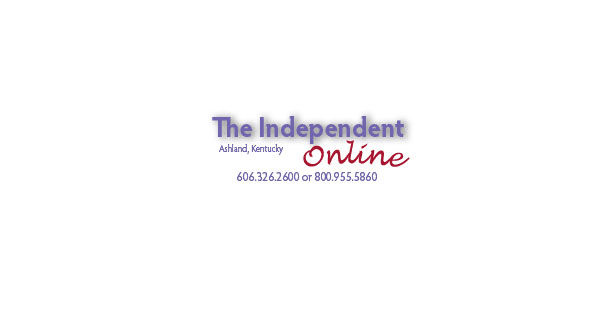But the idea of creating a more open and accessible financial system, one with greater privacy and lower costs, dates back to the 1980s.
Initially, Bitcoin enthusiasts were a select group of early adopters, mainly programmers and technologists.
Concisely defined, a blockchain is a type of digital ledger made up of records known as “blocks.” Blockchain software is a decentralized, distributed, typically public database that records transactions across multiple computers.
When a block is stamped and encrypted, the only person who can make changes is the person who “owns” that block.
For example, if you buy stock using blockchain, your transaction is settled in minutes, not hours.
Big banks, insurance and technology companies, and venture capitalists dedicate billions of dollars and hundreds of thousands of employee hours to blockchain projects each year.
Experts estimate that the banking sector alone could save as much as $12 billion annually by switching to the blockchain ledger.
It provides more security and privacy than our current system and, in many ways, it is freer and more democratic.
If blockchain technology and cryptocurrency interest you, there are many excellent YouTube videos available to give you more in-depth information about this incredible new financial alternative.
Still confused? Most people are but recent changes suggest that Bitcoin may be the next “gold” standard which will increase or decrease in value based on its perceived value.
STEVE DYBWAD is a member of Syndicated Columnists, a national organization committed to a fully transparent approach to money management.
